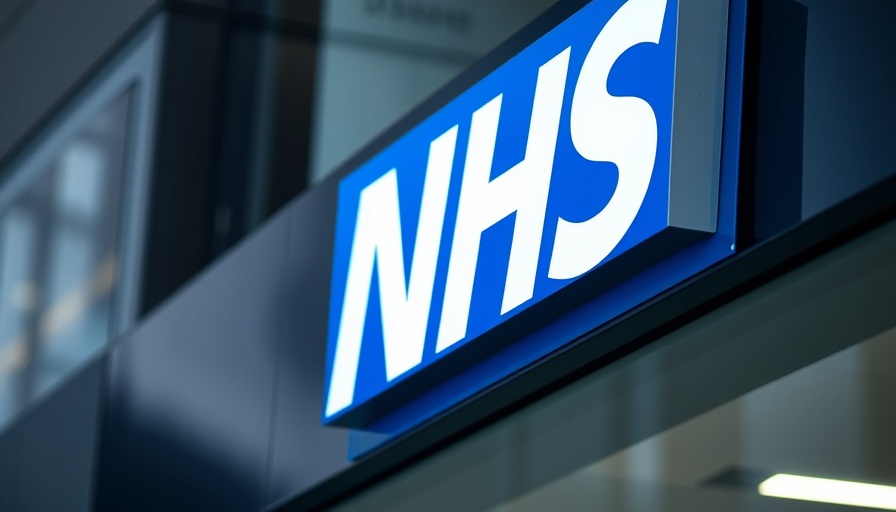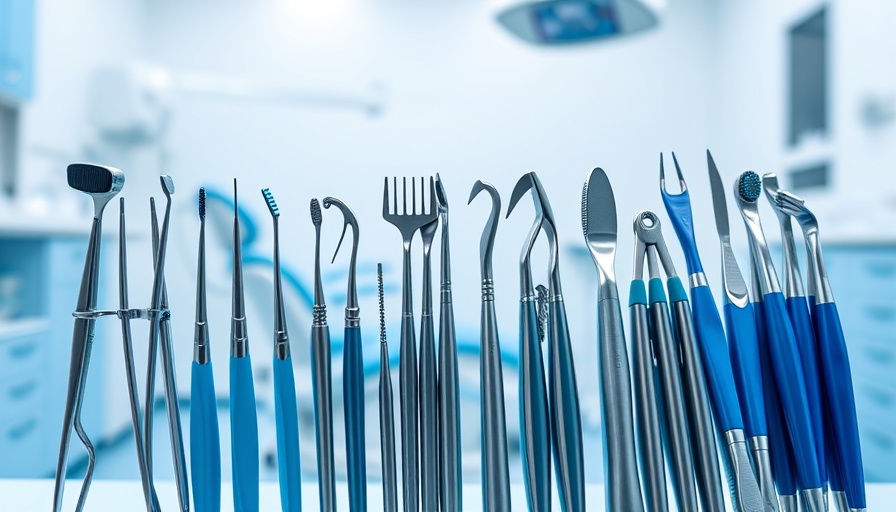
Rebuilding Oral Health: A Post-Pandemic Perspective
The recent report from the NHS Business Services Authority (NHSBSA) highlights a significant milestone in oral health recovery across England. With over 35 million dental treatments administered in the past year, the statistics reflect a resurgence in dental service utilization, a testament to the resilience of both providers and patients following the strains of the Covid-19 pandemic. This surge in dental care not only indicates improvement in public health but illustrates a community-driven approach to restoring essential health services.
Understanding the Impact of Covid-19 on Dental Care
The pandemic drastically altered the landscape of healthcare, especially in dentistry. During lockdown periods, routine check-ups and treatments were postponed, leading to an inevitable backlog of patient care. According to a report published by the British Dental Association (BDA), nearly 25 million fewer dental treatments were recorded during this time, raising concerns regarding oral health deterioration among patients. However, the latest NHS statistics reveal a rebound, suggesting not only recovery but also a strong demand for comprehensive dental services that prioritize preventive care.
Why Dental Care Is a Crucial Element of Health
Understanding the importance of oral health goes beyond just aesthetics. Oral diseases like gum disease and tooth decay can lead to severe systemic health issues, including cardiovascular disease and diabetes. As a target audience largely comprising adults aged 40-70, it’s vital for readers to recognize the potential long-term implications of neglecting dental care. With routine treatment now more accessible than ever, individuals are encouraged to prioritize their dental health and utilize available resources.
The Role of Innovative Technologies in Modern Dentistry
One of the silver linings emerging from the pandemic is the increased incorporation of advanced technologies in dental practices. Innovations such as tele-dentistry, digital imaging, and 3D printing are transforming how dental professionals approach treatment. For both practitioners and patients, these technologies enhance the quality of care while simplifying processes, allowing for quicker diagnoses and personalized treatment plans. This modern approach helps ensure that as the number of treatments increases, the quality of care remains uncompromised.
The Challenges Ahead: Addressing Workforce Issues
While the recovery of dental services is a positive sign, it doesn't come without challenges. According to the latest recommendations from the Doctors’ and Dentists’ Review Body, there is a pressing need to address workforce shortages and retention issues in the dental field. Many practitioners report feeling overworked and under-supported, leading to concerns about burnout within the community. This situation necessitates proactive planning and support from governmental bodies to ensure continued access to dental care.
Looking Ahead: Future Trends in Oral Health
The resilience shown during recovery brings a wealth of insights for the future. To maintain a consistent level of care, integration of preventative measures into patient care practices is paramount. Encouraging regular dental visits and providing education about preventative care can not only mitigate oral health issues but also enhance overall well-being. For those in the 40-70 age bracket, embracing these practices today will lead to healthier futures.
Final Thoughts and Call to Action
The resurgence of dental services post-Covid-19 highlights the importance of community engagement and innovation in health care. As the NHS continues its commitment to restoring service levels, the responsibility lies with individuals to prioritize their dental health. Make your next dental appointment today and take an active role in your oral health journey. The path to recovery is paved with proactive decisions!
 Add Row
Add Row  Add
Add 




Write A Comment